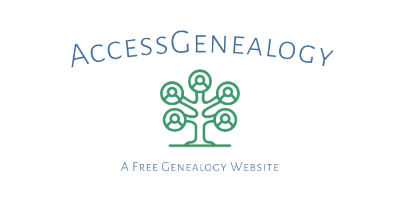Articles of a treaty made and concluded at Washington, D.C., March 21, A.D., 1866, between the United States Government, by its commissioners, D.N. Cooley, Commissioner of Indian Affairs, Elijah Sells, superintendent of Indian affairs, and Ely S. Parker, and the Seminole Indians, by their chiefs, John Chup-co, or Long John, Cho-cote-harjo, Fos-ha[r]-jo, John F. Brown. Whereas existing, treaties between the United States and the Seminole Nation are insufficient to meet their mutual necessities; and Whereas the Seminole Nation made a treaty with the so-called Confederate States, August 1st, 1861, whereby they threw off their allegiance to the United States, and … Read more
